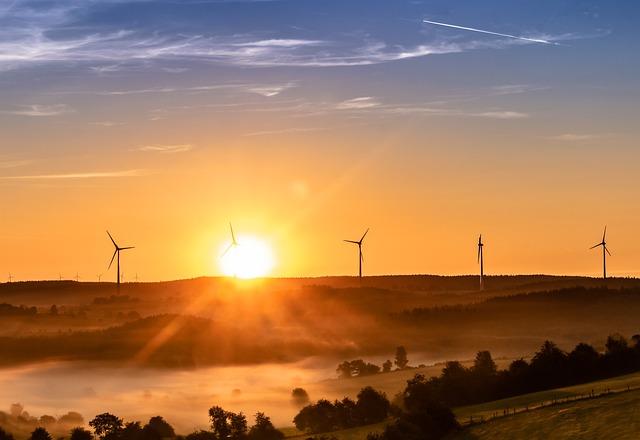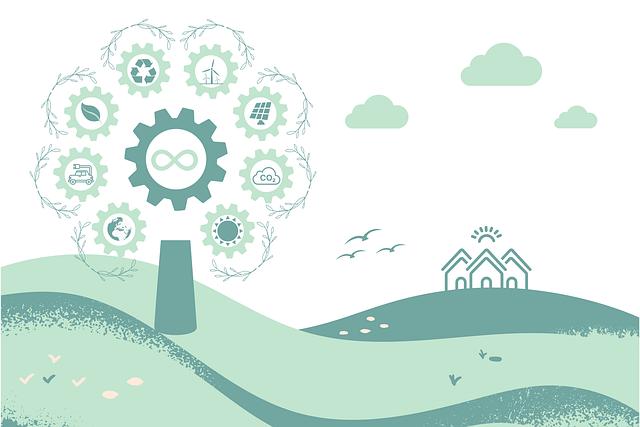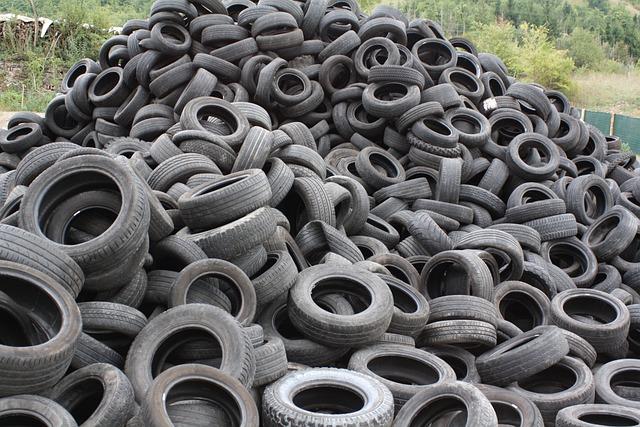- Introduction to Turning Waste into Wealth
- Upcycling and Repurposing
- Recycling to Create New Products
- Waste to Energy Solutions
- Sustainable Business Models for Waste Management
- Conclusion
- FAQs
- References
Introduction to Turning Waste into Wealth
Turning waste into wealth is a sustainable practice gaining traction globally. With increasing environmental awareness, industries and individuals are finding innovative ways to convert discarded materials into useful products or energy sources. This article explores how upcycling, recycling, waste-to-energy technologies, and sustainable business models contribute to both reducing environmental impact and generating economic benefits.
We'll delve into key practices such as upcycling where creativity transforms old items into new treasures, recycling which helps turn waste into raw materials, and advanced solutions that convert trash into energy. Additionally, we'll explore how businesses build efficient models to capitalize on waste management.
Upcycling and Repurposing

(Image: Pixabay/@Elf-Moondance)
Upcycling is the process of transforming old or discarded products into something of higher value than the original. Unlike traditional recycling, upcycling doesn't break down materials, but instead, enhances and repurposes them. For example, turning old wooden pallets into furniture or using glass bottles as plant pots are creative ways to reduce waste while creating useful items.
The popularity of upcycled goods is rising as consumers become more eco-conscious. Handmade products with unique character appeal to those seeking environmentally friendly alternatives to mass-produced items. This sector has particularly seen expansion through platforms like Etsy, where artisans sell repurposed and upcycled creations made from reclaimed materials.
Entrepreneurs can tap into this trend by offering workshops or selling upcycled goods, helping close the loop in the product lifecycle and minimizing the environmental footprint.
Recycling to Create New Products

(Image: Pixabay/@articonn)
Recycling plays a central role in converting waste into wealth. The process entails collecting and processing materials like paper, plastic, and metals and reintroducing them into production lines as raw materials. This not only cuts the demand for virgin resources like oil and trees but also prevents tons of garbage from ending up in landfills or oceans.
Plastic, in particular, has become notorious for its environmental impact. With millions of tons of plastic waste produced each year, recycling it into new products, such as clothing, insulation materials, or packaging, reduces our dependence on fossil fuels and curbs pollution. Innovations are making it possible to recycle previously non-recyclable materials, widening opportunities in this field.
Governments and companies are also beginning to implement extended producer responsibility (EPR) policies. These obligate producers to manage product disposal at the end of their life cycle, creating new business avenues around waste management and recycling technologies.
Waste to Energy Solutions

(Image: Pixabay/@Myriams-Fotos)
Another remarkable way waste is being transformed into wealth is through waste-to-energy (WtE) processes. These technologies convert organic waste like food scraps, agricultural waste, and even non-recyclable plastics into electricity or heat via incineration, gasification, or anaerobic digestion processes.
For instance, anaerobic digestion turns organic waste into biogas—an energy source that can power homes, factories, and vehicles. Waste incineration plants generate electricity while drastically reducing the volume of solid waste by up to 90%. Though incineration produces emissions, modern technologies like scrubbers help minimize pollutants.
This approach not only helps address the global waste crisis by diverting significant amounts of trash away from landfills, but it also creates a renewable source of energy in a world increasingly focused on reducing reliance on fossil fuels.
Sustainable Business Models for Waste Management

(Image: Pixabay/@RosZie)
Forward-thinking businesses are increasingly realizing the financial and environmental benefits of operating within a circular economy framework. A circular economy keeps products and materials in use for as long as possible, encourages recycling, and closes the loop between production and waste. This business model centers around sustainability and generates profit by reducing costs associated with waste disposal and resource depletion.
Several companies are adopting take-back programs where customers return used products for refurbishment, creating a second revenue stream. Patagonia’s "Worn Wear" initiative and IKEA’s buy-back program are prime examples of how businesses can sustainably engage customers while reducing environmental impact.
Additionally, industries involved in waste collection, sorting, and recycling raw materials have vast potential for growth. Partnerships between municipalities and private companies can effectively boost these initiatives, creating green jobs and contributing to local economies.
Conclusion
As the global population continues to grow and consumerism accelerates, turning waste into wealth offers a sustainable solution to mitigate the environmental damage caused by waste. Efforts in upcycling, traditional recycling, waste-to-energy technologies, and adopting new business models that focus on sustainability will be crucial to minimizing the environmental footprint of human activities. The conversion of waste into valuable resources is not just an eco-friendly option—it's becoming a necessary tool for achieving economic and environmental balance. There has never been a better time to adopt waste management practices that prioritize recovery, redistribution, and reinvention.
FAQs
What is the difference between recycling and upcycling?
Recycling breaks down materials into their base form to reuse them in manufacturing, while upcycling enhances or repurposes discarded items without breaking them down, creating new, higher-value products from waste.
How does waste-to-energy work?
Waste-to-energy (WtE) involves converting waste materials into usable forms of energy, like heat or electricity. Common methods include incineration, gasification, or anaerobic digestion.
Can all types of waste be recycled?
No. Some materials, like certain plastics, hazardous chemicals, and electronic waste, require specialized recycling processes, whereas others may not be recyclable at all. However, many innovations are emerging to manage previously non-recyclable waste.
How can businesses benefit from turning waste into wealth?
Businesses can reduce operational costs and generate new revenue streams by adopting recycling and upcycling programs, waste recovery initiatives, and take-back models. Many customers are also attracted to eco-friendly brands, increasing customer loyalty and market appeal.
What is a circular economy?
A circular economy is an economic system aimed at eliminating waste and continually reusing resources, ensuring materials are kept in use for as long as possible, reducing the need for extracting new resources.

